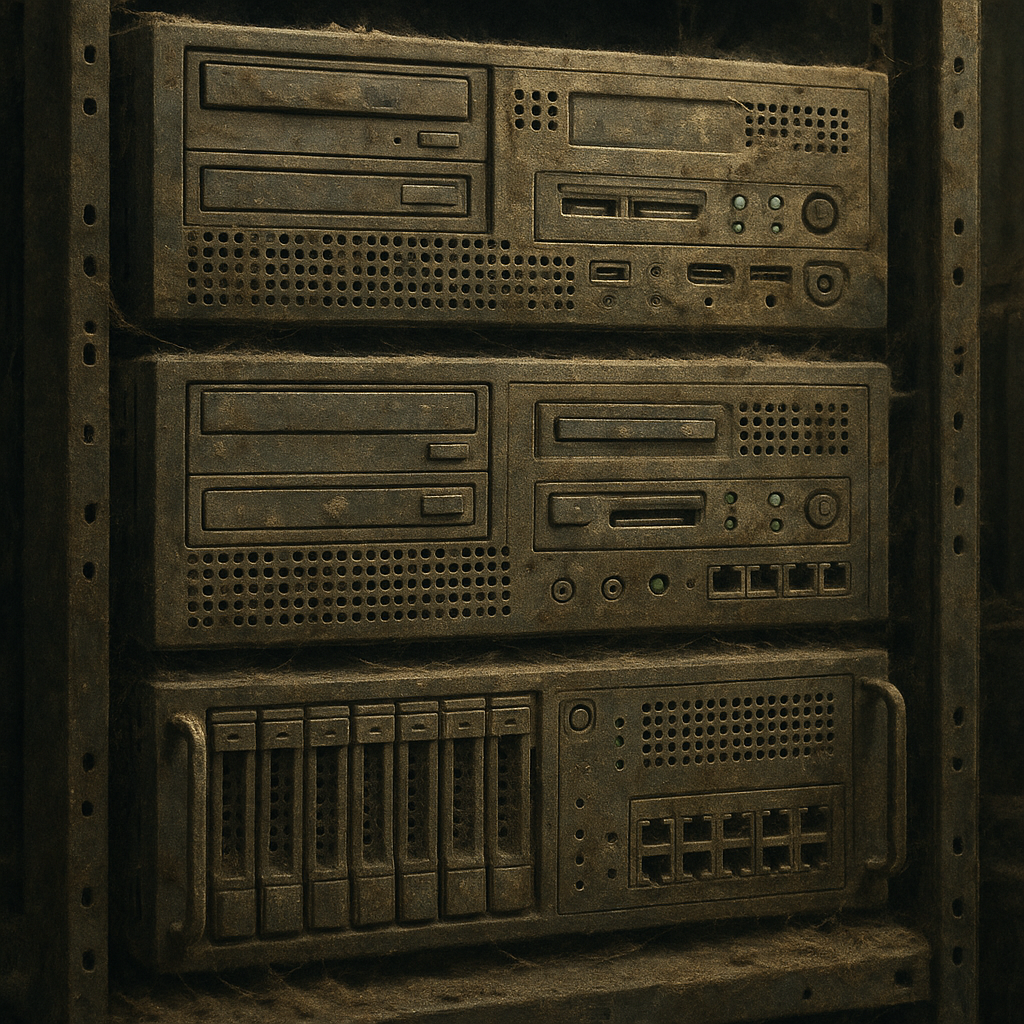Servers are the muscle of your IT infrastructure. They power your applications, store your data, and keep your operations humming along. But like any piece of equipment, they age. And when they do, performance drops, risks increase, and costs creep higher.
If you haven’t touched your server infrastructure in 5–7 years, chances are you’re overdue for a refresh.
Why Old Servers Become Expensive Fast
Even if your current hardware “still works,” here’s what’s happening behind the scenes:
- Performance bottlenecks – CPUs and memory can’t keep up with modern applications, slowing down processes.
- Maintenance drain – You’re paying more for replacement parts, extended warranties, and emergency fixes.
- Security risks – Unsupported firmware and OS versions create vulnerabilities.
- Compatibility issues – New applications and integrations may not run on your older systems.
- Energy inefficiency – Older hardware consumes more power and generates more heat, increasing utility and cooling costs.
It’s not just about “slow servers”—it’s about the compounding costs of keeping outdated equipment in production.
The Risks of Delaying a Server Refresh
Holding off on a refresh can lead to:
- Critical downtime during hardware failures
- Data loss from insufficient or outdated backup solutions
- Reduced ability to support growth, remote work, or new applications
- Increased risk of compliance violations in regulated industries
The worst part? Server failures rarely happen during “convenient” hours.
What a Good MSP Should Offer in a Major Server Refresh
Over decades of managing server environments, we’ve seen how the right approach to a refresh can transform performance and stability while minimizing business disruption.
Here’s what to look for:
✅ Comprehensive Server Assessment
Your MSP should start by reviewing your workloads, storage capacity, CPU utilization, virtualization environment, and growth forecasts. This ensures your new hardware is right-sized—not overbuilt or underpowered.
✅ Virtualization & Consolidation Opportunities
Modern servers can run multiple workloads more efficiently. Virtualization reduces physical footprint, cuts power costs, and improves flexibility for scaling up or down.
✅ High Availability & Redundancy
No single point of failure. Look for clustered servers, load balancing, and failover solutions to keep critical services running even during maintenance or outages.
✅ Security & Compliance Alignment
A refresh is the perfect time to strengthen security—install hardware with TPM (Trusted Platform Module) chips, upgrade encryption standards, and align configurations with industry compliance requirements.
✅ Backup & Disaster Recovery Integration
Outdated backup methods won’t cut it. A good provider ensures that your new environment is paired with modern, automated, and regularly tested disaster recovery solutions.
✅ Phased Implementation Planning
A smart MSP won’t rip and replace everything at once. They’ll refresh in stages or during off-peak hours to minimize downtime and disruption.
Thinking Beyond Today’s Needs
A server refresh shouldn’t just fix today’s problems—it should prepare you for tomorrow’s opportunities. That means:
- Scaling to handle increased workloads or hybrid cloud integrations
- Supporting AI, analytics, or other resource-intensive applications
- Reducing energy consumption and environmental footprint
- Maintaining performance over the next 5–7 years without constant patchwork upgrades
Bottom line: Servers are the heartbeat of your IT environment. When they start to lag, everything feels the strain. A well-planned server refresh restores speed, stability, and security—while giving you the flexibility to grow without fear of hitting a technical wall.




Leave Comment